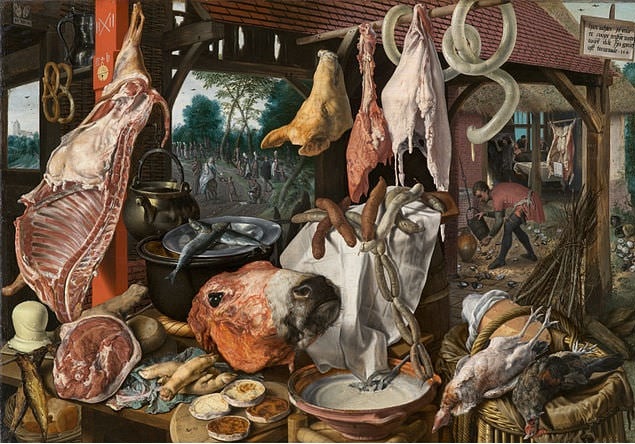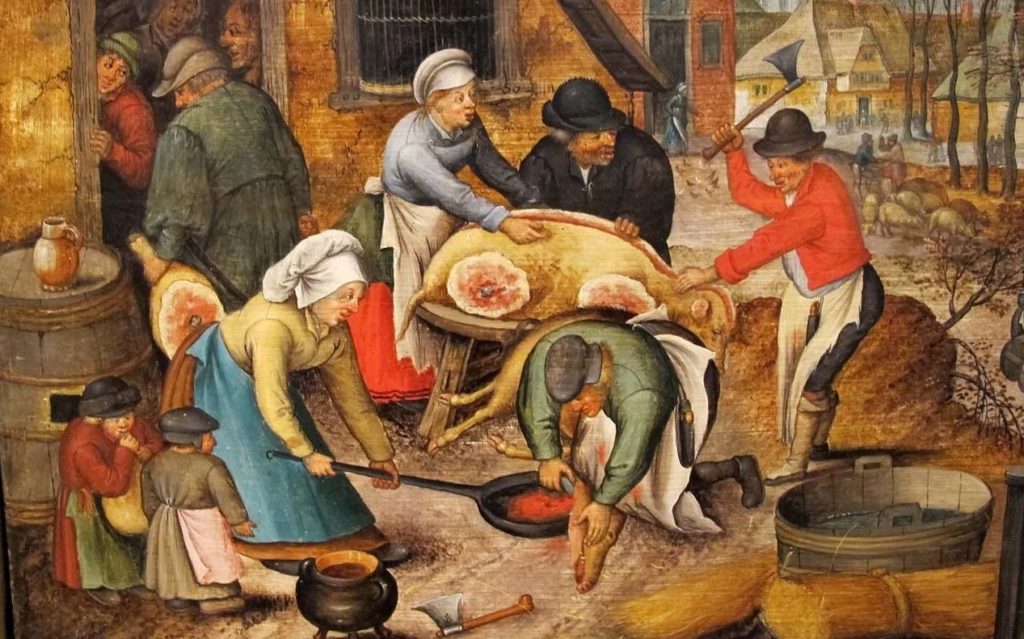Introduction During the medieval period in Europe, the majority of the population were peasants. These people lived and worked on the lands owned by the lords and nobility, and their lives revolved around farming and working the fields.
Medieval Peasants’ Diet
Their diet was primarily based on what they could grow or raise themselves, and it was heavily influenced by the local climate and resources available to them.
Grains
The staple food of medieval peasants was bread, made from locally grown grains such as wheat, barley, and rye. Grains were also used to make porridge, which was a common food for all members of the medieval household.
In addition, beer was a popular drink among peasants, as it was a safer alternative to water, which was often contaminated.
Vegetables and fruits
Peasants grew a variety of vegetables and fruits on their small plots of land, including cabbage, onions, leeks, carrots, and turnips.
They also grew fruits like apples and pears, which could be stored to provide a source of food during the winter months. Garden herbs were also commonly used to add flavor to dishes.
Meat and dairy
Meat was not a major part of the medieval peasant’s diet, as it was often expensive and hard to come by. Peasants mostly relied on hunting small game such as rabbits or wild birds for their meat supply.

They would also keep chickens, pigs and cows for eggs, milk and cheese. However, they would rarely kill the animals they raised, they were mostly there as a form of insurance, in case of hard times.
Fish
Fish was a source of protein for those peasants who lived near the coast or a river. They would catch fish such as salmon, herring, and eel using nets or lines. However, fish was a luxury item and most medieval peasants would not have had regular access to it.
Meals
- Breakfast
Medieval peasants typically had a simple breakfast, consisting of bread and porridge made from grains. They might also have a small amount of cheese or a piece of fruit as a side. Breakfast was often the most basic meal of the day, as it needed to sustain them through their morning labor in the fields.
- Lunch
During the working day, medieval peasants would take a break for lunch, which would typically be a simple meal consisting of bread, cheese, and perhaps a piece of fruit or a small amount of meat or fish if available. This meal was often taken quickly, as there was work to be done.
- Dinner
Dinner was the main meal of the day for medieval peasants and was typically eaten in the evening after a day of labor in the fields. It would typically consist of a combination of grains, vegetables and possibly some meat or fish. Bread would often be the centerpiece of the meal, with vegetables and other items used to supplement it. This meal was generally more hearty and filling than the other two meals of the day, as it needed to sustain the peasant through the night.

It’s worth noting that meals might vary depending on the region, what was in season and individual circumstances. Additionally, the hunger level and food accessibility would also change with time of the year and the weather conditions.
Food Preservation
Preserving food was important for the medieval peasants, as they needed to make sure they had enough to eat during the long winter months when fresh food was scarce.
They would preserve food by drying, salting, smoking or fermentation. They would also store root vegetables like carrots, turnips and beets in a root cellar or buried in a pit to keep it fresh.
Conclusion
The medieval peasant’s diet was simple and basic, consisting mostly of grains, vegetables, and fruits, with very little meat or fish. The food they ate was determined by what they could grow or raise themselves, and was heavily influenced by the local climate and resources available to them.
Food preservation techniques were used to ensure they had enough to eat during the long winter months. They had to eat seasonally and locally and thus their diet were a little monotonous. However, they were able to maintain a healthy diet with all the necessary nutrients to survive and work the fields.
